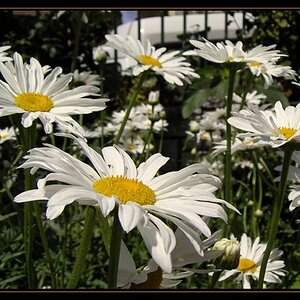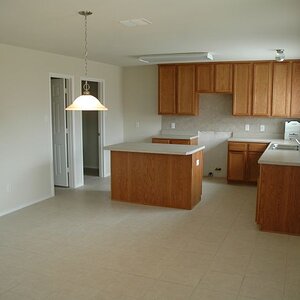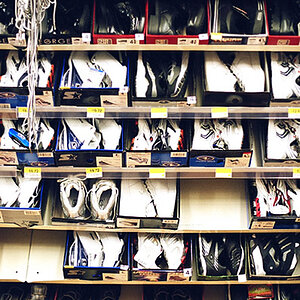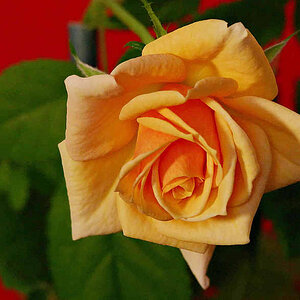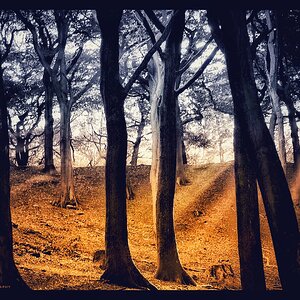rebecca the curious
TPF Noob!
- Joined
- Mar 18, 2007
- Messages
- 22
- Reaction score
- 0
i noticed that some of david alan harvey's (if you don't know him, check out his work at magnum! amazing!) photos contain very dark shadows, but they're not underexposed.
i read somewhere that his technique is to expose for highlights. how do you do this? i've never done any metering before. maybe i should have posted this in the beginner's section. lol.
here are some examples:
http://www.magnumphotos.com/CoreXDoc/MAG/Media/TR3/F/K/B/W/NYC4299.jpg
http://www.magnumphotos.com/CoreXDoc/MAG/Media/TR3/S/A/P/8/NYC27774.jpg
i read somewhere that his technique is to expose for highlights. how do you do this? i've never done any metering before. maybe i should have posted this in the beginner's section. lol.
here are some examples:
http://www.magnumphotos.com/CoreXDoc/MAG/Media/TR3/F/K/B/W/NYC4299.jpg
http://www.magnumphotos.com/CoreXDoc/MAG/Media/TR3/S/A/P/8/NYC27774.jpg


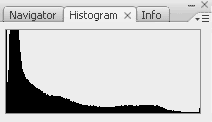
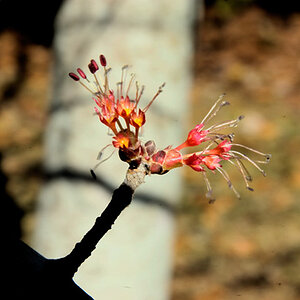
![[No title]](/data/xfmg/thumbnail/41/41894-692c98920dde335de241400937ed6166.jpg?1619739934)
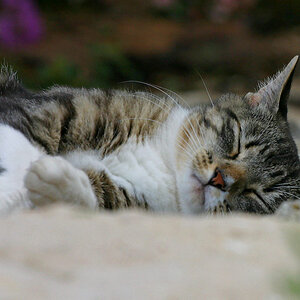
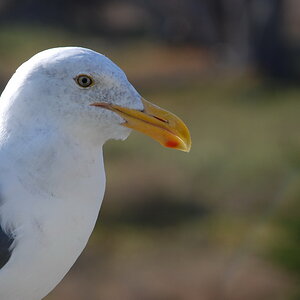
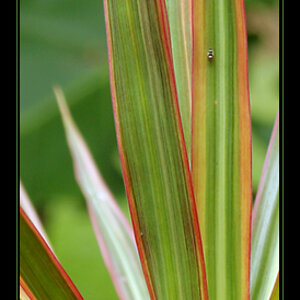
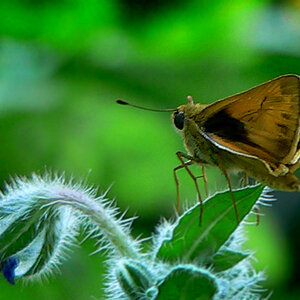
![[No title]](/data/xfmg/thumbnail/31/31048-f39974e8ef7d33d3e635eed5b44e603b.jpg?1619734587)
